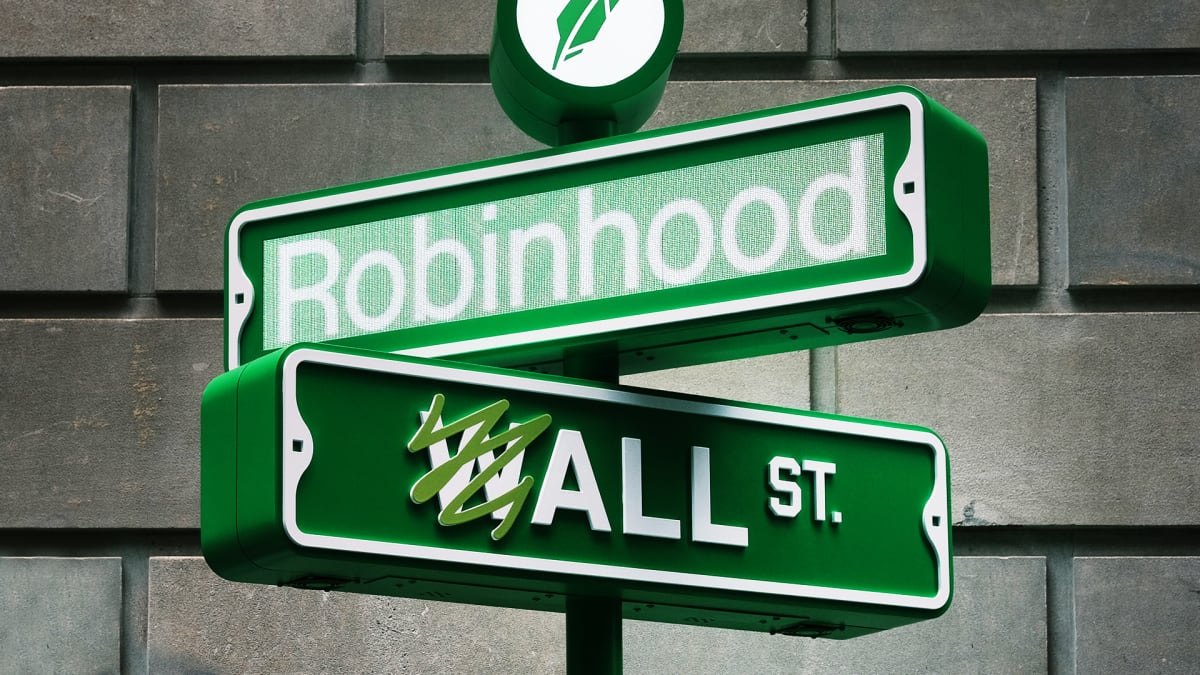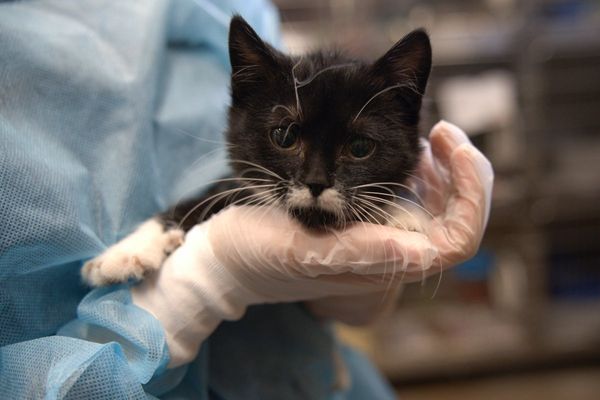
A few months make a huge difference.
Robinhood (HOOD) on June 15 found itself in a precarious position.
The popular trading app, which fueled the revolt of amateur traders against Wall Street elites in early 2021, came close to a disaster as the crypto industry went through an unprecedented liquidity crisis.
The Robinhood stock price fell as low as $7.05 that day, reflecting a drop in market capitalization of more than $9 billion compared to January. The market value was reduced to just $5.9 billion, making Robinhood an ideal target for a takeover.
There were persistent rumors about whether young crypto billionaire Sam Bankman-Fried was going to acquire the platform after he bought a 7.6% stake just over a month earlier. Bankman-Fried, or SBF as he is nicknamed in the crypto industry, had emerged as the sector's new sweetheart, after bailing out various cash-strapped firms.
"This [Robinhood] was something that I saw as an attractive investment, and there are a lot of areas for the company to grow and innovate going forward," Bankman-Fried said at the time.
He had ruled out the idea of a takeover but did not rule out a partnership between Robinhood and FTX.com, his crypto trading platform.
A Surprising Rise
In addition, Robinhood was affected by the fall in the cryptocurrency market which impacted revenue, generated from transactions of digital assets and the competition.
FTX US, the American subsidiary of cryptocurrency exchange FTX.com, announced in July that it was offering all its users the opportunity to trade stocks on its platform. This service is open to all investors whether they buy or sell cryptocurrencies or not. They will pay a fee for the trades.
The platform was also planning to offer options trading. A few days earlier, Robinhood had launched options trading in cash accounts for qualified users.
FTX US also said it wouldn't accept controversial practices, such as the mechanism of payment for order flow or profit sharing, which have affected Robinhood.
Payment for order flow means that retail brokers, including Robinhood, do not send their clients' orders directly to the stock market, where they will face price competition from large institutional investors such as hedge funds.
Rather, the brokers pay market makers, who execute the orders and are supposed to get better prices for the clients.
But for the defenders of retail investors, like the investor-advocacy movement #WeTheInvestors (www.we-the-investors.org), there is a duopoly among market makers, which is unfavorable to retail investors.
Almost five months after all these painful moments, Robinhood seems to have regained its footing. The brokerage of Generation Z and millennials has recovered, as evidenced by its third quarter results.
Quarterly revenue fell just 1% to $361 million year-over-year, according to a press release. The company also significantly reduced its net loss, which stood at $175 million, compared to a net loss of $1.32 billion in the third quarter of 2021.
To better measure the change at Robinhood, it is more interesting to compare recent results with those of the second quarter. This comparison shows that third party revenue increased 14% sequentially. Net loss was reduced by $120 million over three months.
And if we remove the charges and other exceptional items, Robinhood is even profitable. Adjusted EBITDA is $47 million, compared to a loss of $80 million in the second quarter. EBITDA refers to earnings before interest, taxes, depreciation and amortization, which helps investors to gauge the financial health of a company.
Challenges Remain
This improvement in financial performance has contributed to a stabilization of Robinhood shares, which closed at a price of $12.03 on Nov. 7. The market capitalization currently stands at $10.05 billion, which is down just over $5 billion from January. The market value, however, increased by almost $4 billion compared to the end of the second quarter.
The question that arises is what has changed in three months. The answer lies in various factors, the two most important being a significant drop in costs and an unprecedented increase in net interest income.
Operating expenses fell 12% from the second quarter, while net interest income, supported by the central bank aggressively raising interest rates to fight inflation, rose 73% sequentially.
Robinhood has carried out two waves of job cuts this year. The firm first laid off 9% of its 3,800 employees in April. In August, the company reduced its workforce by a further 23%, CEO Vlad Tenev announced at the time in a blog post.
Higher interest rates mean higher revenue through margin loans, as well as from interest paid to users on uninvested cash. The latter revenue, known as cash sweep, provides profit for Robinhood, because it keeps a portion of the interest income it generates for users.
"Interest-earning assets were up to over $17 billion as of the end of last week, driven by growth in our cash sweep balances," Chief Financial Officer Jason Warnick told analysts during the third quarter earnings call on Nov. 2. "Looking ahead to Q4, we're encouraged by what looks likely to be another quarter of net interest revenue growth.
"We anticipate Q4 net interest revenues will be up by roughly $25 million from Q3," he added.
In the third quarter of 2021, net interest revenue represented 17.3%, or $63 million, of Robinhood's revenue. A year later, that share has doubled to 35.4% of revenue, or $128 million.
But the road to a full recovery is still long. Robinhood, which is an app for day traders and risk takers, continues to face a drop in transactions.
Transaction revenue fell 22% year-over-year, primarily due to a slump in revenue from cryptocurrency. The number of monthly active users also continues to decrease.







